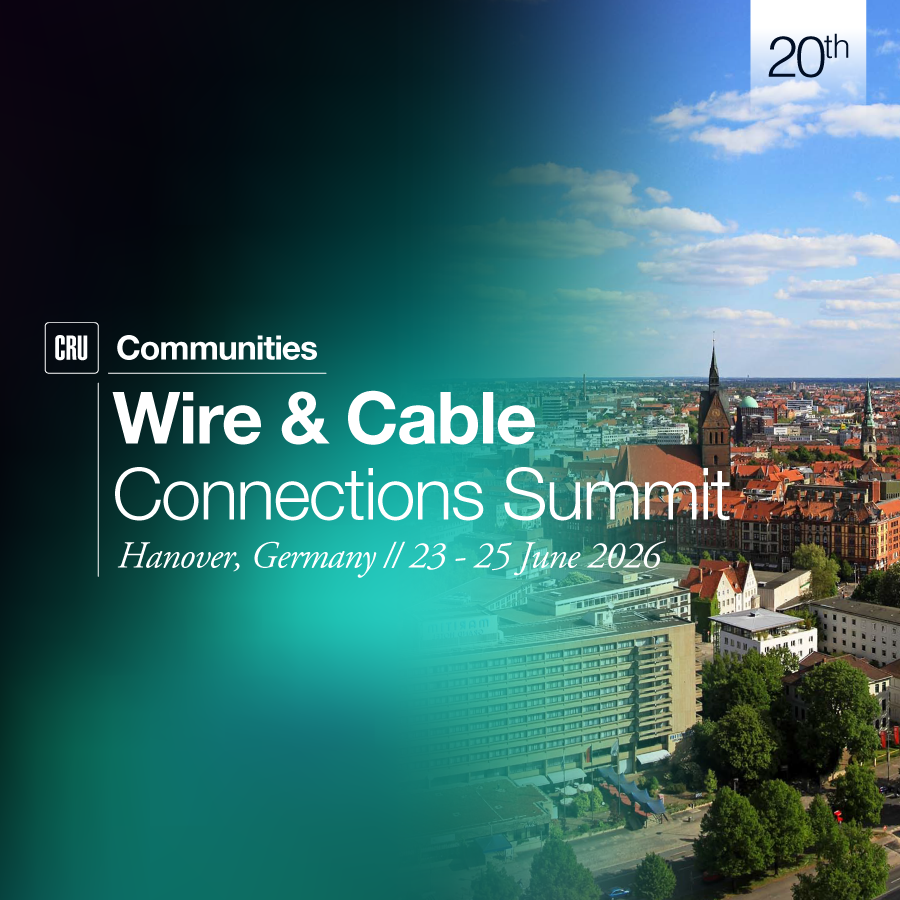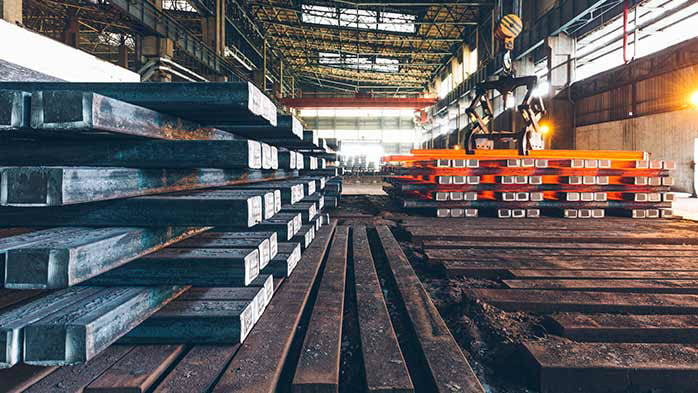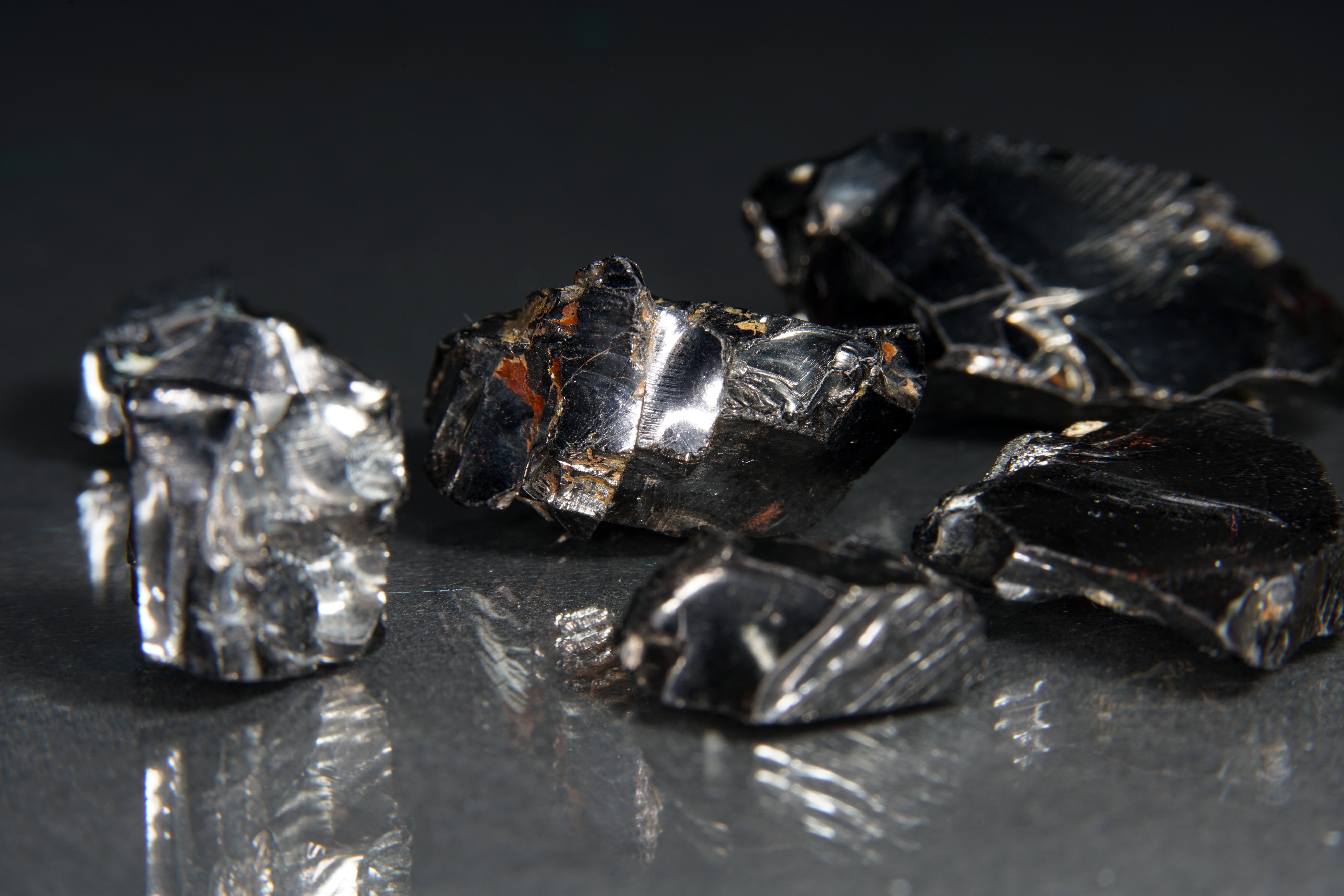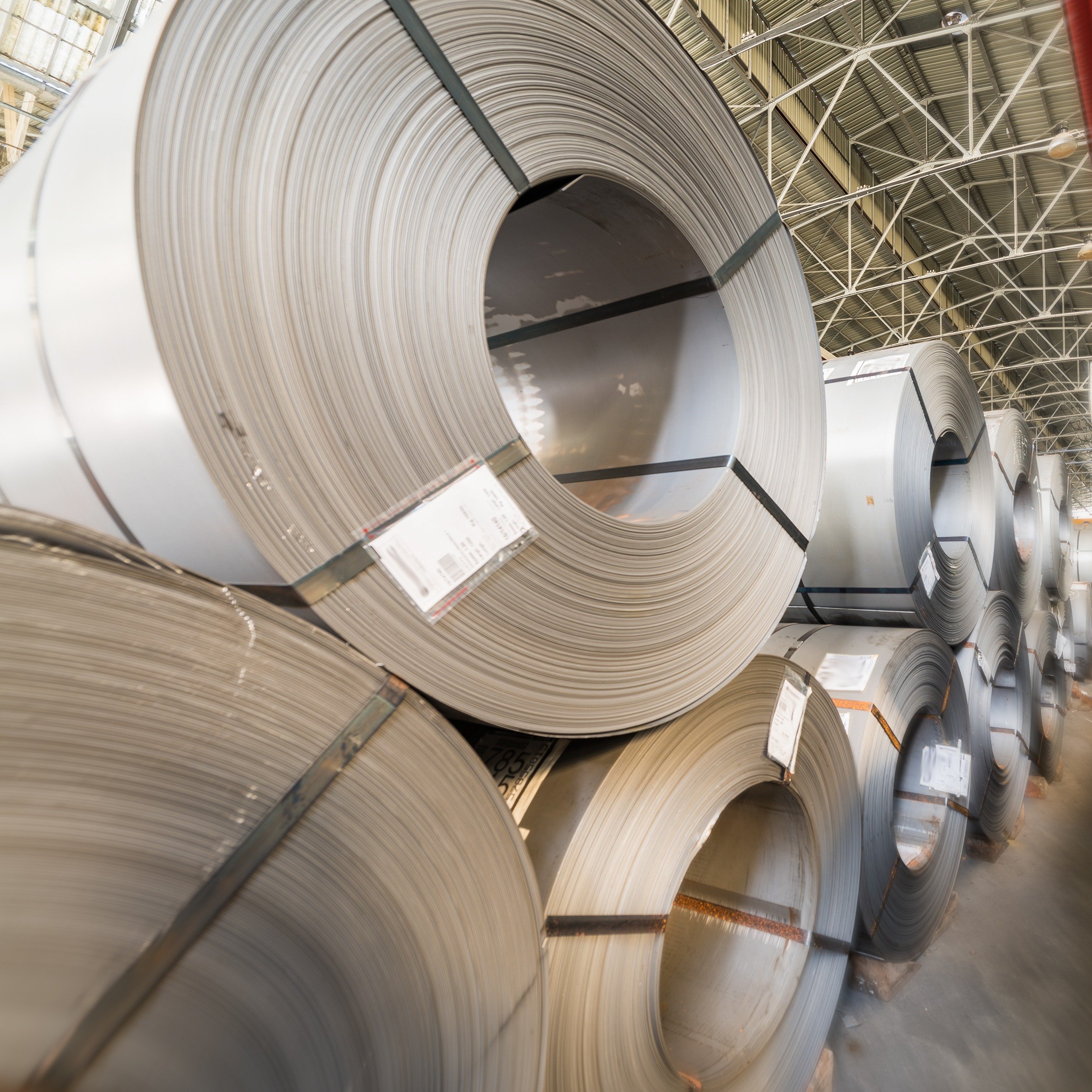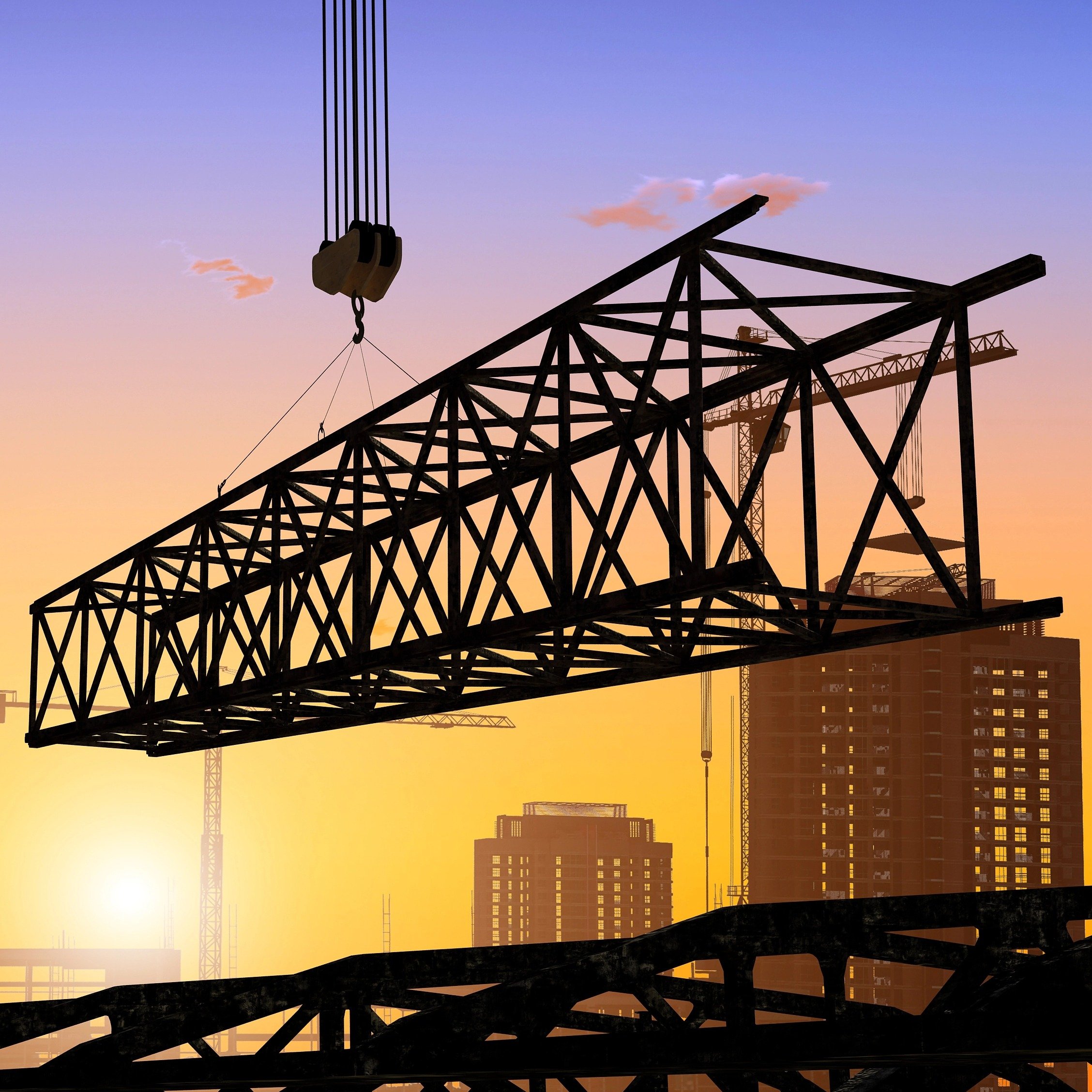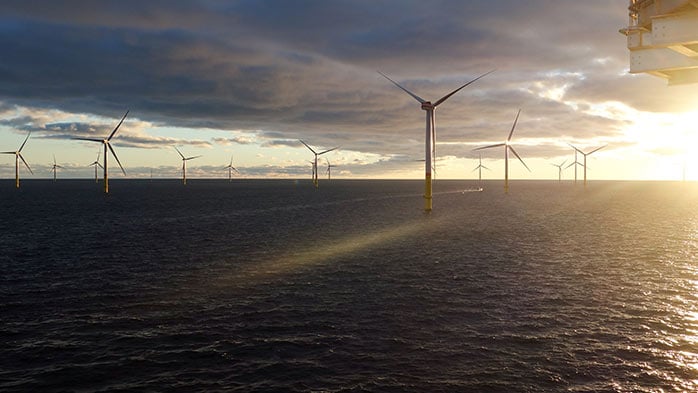China's clear commitment to green hydrogen, demonstrated through direct subsidies and a wide array of supportive policies has triggered intense competition among domestic companies. This fierce market battle has, since 2020, led to a dramatic collapse in alkaline electrolyser costs within the Chinese green hydrogen sector, but this doesn’t fundamentally reshape the global clean energy landscape.
Mind the scope: Chinese and Western electrolyser costs are not directly comparable
It is now common to see claims that Chinese electrolysers are 75% lower cost than those built in Europe or the USA. While this figure is often repeated, it deserves closer scrutiny. The quoted ranges across different markets often cover very different scopes and stages of delivery and direct comparison without context can be misleading.
Chinese tender prices, such as those released by China Energy Engineering (CEEC), typically represent the stack itself – the core electrochemical unit. These bids do not include the electrical and mechanical balance of plants or installation. Western figures, by contrast, often describe complete electrolyser systems or fully installed projects.
According to the bidding record from CEEC, 1,000 Nm³/h alkaline electrolysers (e.g. ~5.4 MW and producing ~660 tH2/y) dominate the bidding volume, accounting for as much as 95% of bids. In CEEC tenders, the stack is typically procured together with associated gas-liquid separation and purification units. In most cases, one separation/purification unit serves two to four stacks. After excluding the cost of this auxiliary equipment, the chart below focuses on the pure stack cost only.
As presented in the chart above, taken from Sustainability and Emissions Service, Chinese alkaline stack bids have indeed fallen sharply in the past few years as domestic manufacturing capacity expanded and competition intensified. Between 2021 and 2022, average bid prices dropped from ~$0.35 M/MW to ~$0.20 M/MW, reflecting economies of scale and improved supply-chain localisation. However, the pace of decline has slowed notably since 2023, with recent bids hovering just below ~$0.15 M/MW. According to manufacturer feedback, in the most extreme case, the single-stack price in 2025 could fall to ~$0.13 M/MW, but this price level is essentially at cash cost – the minimum cost to produce the unit.
But how do these costs translate into full system costs and how do those compare with Western installations?
Chinese green hydrogen plants seemingly cost much less than global rivals
To provide a clearer understanding of cost variation between China and Western plants, the chart below outlines the capital cost composition across principal components of the full, turnkey system cost of a hydrogen plant using alkaline electrolyser technology. The data is taken from CRU's Hydrogen Cost Model as part of the Sustainability and Emissions Service.
Thus, the stack (i.e. the electrochemical core that splits water into hydrogen and oxygen), typically accounts for ~40% of electrolyser system-level costs. The diaphragm is a crucial component within the stack, representing ~50% of the stack cost. Power electronics that convert AC to DC through rectifiers, transformers and DC cabinets, usually contribute 10–15% of total electrolyser system level costs. Meanwhile, the gas conditioning and electrolyser process BOP – responsible for gas purification, cooling and drying – add another 10–15%. The electrolyser system-level BOP, integrating the stack and auxiliaries through piping, control systems and instrumentation, represents 30–40% of electrolyser system Capex.
The plant-level BOP covers all external infrastructure required to deploy the electrolyser in an operational setting – civil works, foundations, water treatment, compression, cooling systems, storage and electrical interconnections. It can account for ~60% of total installed project costs in Western markets, where turnkey EPC delivery is standard. In China, this portion is often procured separately under different contractors, resulting in lower reported ‘electrolyser’ prices. However, in both cases, stack cost takes up ~15–20% of total capex. for an integrated, ready-to-operate hydrogen plant.
Empirical project data confirms alkaline electrolyser costs
The Chinese government has been vigorously promoting the development of its hydrogen industry, positioning it as a strategic pillar in the nation’s long-term energy transition. In recent years, multiple large-scale wind- and solar-based hydrogen production projects have been launched across regions such as Inner Mongolia, Xinjiang and Gansu. These projects often form part of a broader integrated green hydrogen-ammonia-methanol industrial clusters, where renewable power generation, hydrogen production, and downstream chemical conversion are developed in tandem.
To better understand the capital intensity of such developments, we used cost data from green hydrogen and derivative project database as part of the Sustainability and Emissions Service and have successfully isolated eight representative hydrogen plant projects with publicly available information. While direct comparison between projects remains challenging (as cost structures depend on scope definition, local infrastructure and financing arrangements) this subset provides valuable reference points for assessing plant-level costs within China’s rapidly expanding green hydrogen ecosystem.
Since 2024, the capital costs of Chinese alkaline electrolysers have hovered at ~$1.0 M/MW, reflecting already significant cost advantages relative to Western markets. As domestic manufacturing capacity expanded and supply chains became increasingly localised, these costs have steadily declined, and will potentially reach ~$0.8 M/MW in 2026, according to reported project data (n.b. although we await the final build cost of these latter projects to confirm).
As discussed in a previous Insight, based on our electrolyser project dataset, alkaline electrolyser full system costs in countries outside China are slightly above ~$2.0 M/MW in 2025. For China, we estimate the cost of an alkaline electrolyser in 2025 is ~50–60% lower than that of Western counterparts, at ~$1.0 M/MW or just below. However, in our view, this low cost level reflects neither a viable cost structure nor a comparable technology.
Equivalent costs in China are ~60% of those in the West
The Chinese green hydrogen sector has been created by policy and supported by subsidy. This has fostered scale, driving technological improvements and comprehensive supply chain domestication. Indeed, fierce market competition and the lure of vast market prospects have compressed costs, but also profit margins, as companies strive to secure orders and capture market share, leading to a sharp decline in bid prices.
However, field visits indicate many electrolyser manufacturers are operating at a loss and are reliant on either subsidy or profits from other business segments within their companies (or both) to sustain their electrolyser operations.
China's national strategy to build a green hydrogen industry is being operationalised through diverse local subsidy schemes, which typically cover 10–20% of confirmed investment or new equipment costs in hydrogen production. The subsidy ceilings are tiered, generally ranging from ~$0.15–1.5 M, depending on the region and project significance.
Furthermore, there is a strategic divergence in the global electrolyser market. Chinese manufacturers favour conservative operational parameters, with ~30–40% minimum load thresholds that enable simpler system architecture and lower material costs, but which result in less flexibility. This contrasts with Western manufacturers that pursue higher current densities to achieve ~20% minimum loads, granting greater flexibility but requiring advanced materials and incurring higher costs. Given electrolyser flexibility is key to obtaining the lowest hydrogen costs (i.e. the closer electrolysers can track renewables output, the lower the firming costs of renewables intermittency), real-world adaptation strategies are being actively tested in China.
For example, reports indicate the Sinopec Kuqa project can operate below one-third of its capacity. This project uses an integrated system that runs a subset of electrolysers at full load rather than all units at low load. While this represents a pragmatic solution for balancing variable renewables, a critical question remains unresolved – is this true system optimisation, or merely substituting one engineering challenge for another?
The increased thermal and mechanical cycling from frequent start-stop operations could accelerate degradation and compromise stack durability. Such production-level uncertainty forms a key upstream challenge. Its resolution is as crucial as the parallel development of mid- and downstream components, including transport, storage and refuelling infrastructure, all of which require further coordination to achieve a fully integrated renewable energy ecosystem.
When taking into account the above factors, we estimate that alkaline electrolyser full system costs in China (equivalent to those in the West) would be closer to ~$1.3 M or more for a technologically equivalent and commercially viable operation. This figure, which represents the unsubsidised cost, is ~30–40% lower than typical Western equivalents, made achievable through mature Chinese supply chains and system integration.
For Chinese PEM electrolysers (since precious metals remain an indispensable component) both bidding data and manufacturer feedback indicate that the cost difference with Western counterparts is not significant.
In summary, China's cost advantage in alkaline electrolysers is real but nuanced, driven by policy, scaled supply chains, and strategic design trade-offs. However, this has fostered a commercially fragile market where low prices, sustained by subsidies, often sacrifice operational flexibility and potentially, long-term durability. This precarious balance was recently underscored by China's Ministry of Industry and Information Technology (MIIT) in a November 2025 notice, which, while promoting full-chain "production-storage-transportation-application" pilot services for clean low-carbon hydrogen, explicitly warned against herd-like development and vicious internal competition. Achieving true, unsubsidized viability for the alkaline electrolyser sector will require solving these critical operational challenges with the same intensity applied to reducing upfront costs.
CRU’s analysis of new energy technologies is comprehensive, realistic and not swayed by hype and blind optimism. We can help you make better decisions on your decarbonisation pathway. If you want to hear our views, contact us and we will be happy to discuss our work.




